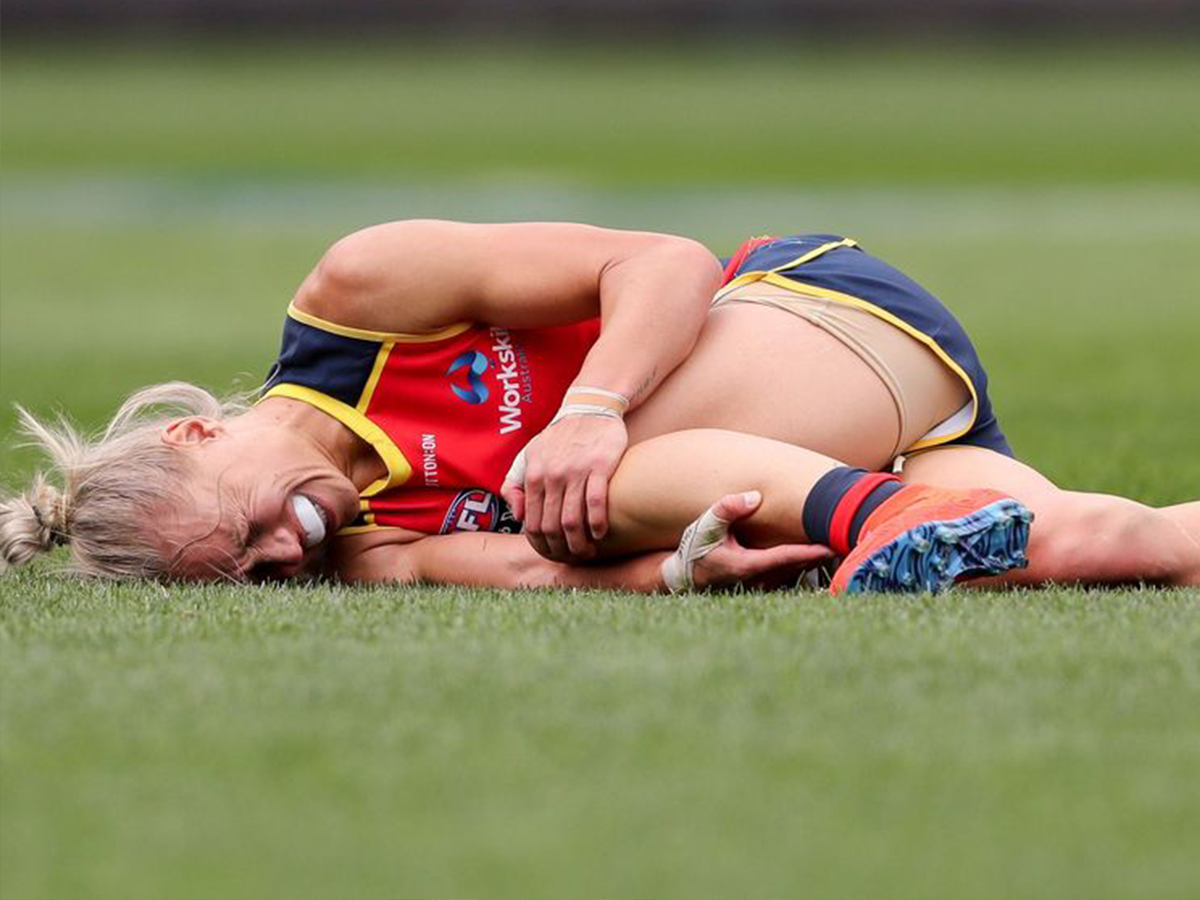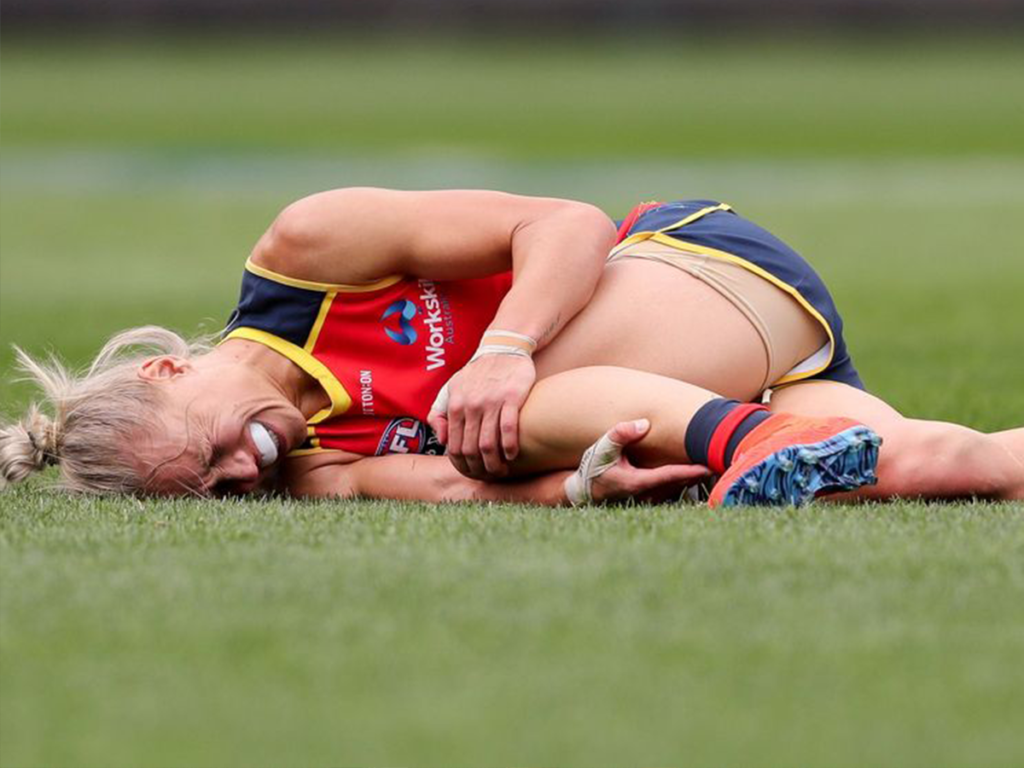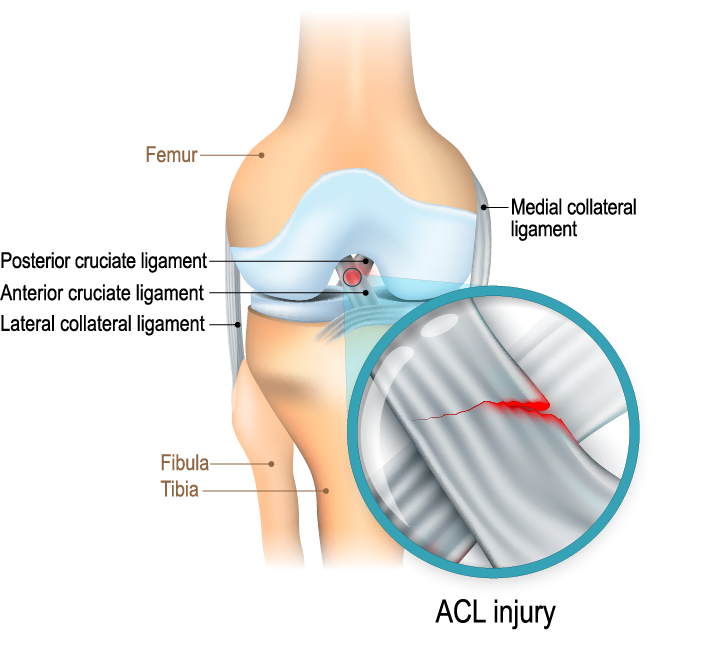

Of all the countries in the world, Australia has the highest reported rate of both anterior cruciate ligament (ACL) injuries, and surgical ACL reconstruction following their injury.
This isn’t in older adults who have had many decades of enjoying great physical activity and now are compounded by the effects of aging, either. The rate of ACL injuries in those aged under 25 years has risen by 70% over the past 15 years – with a “worrying” amount of ACL surgery in those over 15 years old, the greatest risk being to men aged 20-24 years and women aged 15-19 years. Perhaps the most important part of these statistics is that it is possible to reduce the risk of sustaining an ACL injury with appropriate rehabilitation.
So, how are these ACL injuries occurring, why are the rates skyrocketing in Australia, and what can be done to prevent or treat these injuries? Our team here at Allsports Physiotherapy have shared what you need to know about ACL injuries.
ACL Injuries: The Basics
What is the ACL?
Your ACL is a ligament that sits deep within your knee joint and prevents your thigh bone (femur) from moving forwards unnaturally – particularly while your lower leg is firmly planted on the ground. It also prevents your knee joint from rotating too far inwards to the point where pain or injuries may occur.
Don’t be confused by the name anterior cruciate ligament – it’s simple. Cruciate means cross-shaped, because the ACL together with the posterior cruciate ligament (PCL) cross over one another within the joint. Anterior is because the ACL attaches more at the front of the joint – anteriorly – compared to the PCL.

How does the ACL become injured?
When we see ACL injuries here at Allsports Physio, they’re often, but not always, associated with non-contact sports that involve running and quickly twisting the body or pivoting. When the foot and lower leg are firmly planted on the ground, and the upper body and thigh twist abruptly, the ACL can become sprained, torn or may rupture. ACL injuries can also occur when the leg hyperextends (forcefully bent backwards). This is why sports where you rapidly stop, start and quickly change direction, like basketball, tennis, football or soccer, have higher rates of ACL injuries.
What are the signs and symptoms of an ACL injury?
Some patients feel their knee ‘giving way’, some hear a snapping sound, and others experience instant pain followed by swelling. Symptoms vary depending on how severely the ACL has been injured, but you may also experience bruising around the knee, pain when standing, stiffness at the knee and difficulty moving the joint.
If your symptoms don’t quite match up to these, you can learn more about other causes of knee pain here.
What’s Happening In Australia That’s Seeing ACL Injury Numbers Skyrocket?
Social participation numbers:
The number of Australians participating in both professional and recreational sports is growing. We have a weekend warrior culture, with families eager to enjoy a game or partake in a social competition – often without any formal training or professional knowledge on simple ways to help prevent injuries. For example, since introducing a women’s league for Australian Football in 2017, women’s club numbers have grown by 137% in just two seasons.
Age of professional involvement:
Athletes are specialising in a single sport at a much earlier age in the pursuit of greater sporting success. This sees them regularly partaking in long, intense training sessions, training over multiple seasons with little downtime, playing competitively sooner, and simply put – going too hard, too fast, at a much earlier age.
Rates of re-injury:
Once a person has sustained an ACL injury, if they return to the same high-risk sport, particularly if they haven’t implemented the most appropriate prevention strategies, their likelihood of a secondary ACL injury as a young athlete may jump by up to 40 times.
Treating & Preventing ACL Injuries
Thankfully, today in 2021, ACL injuries do not mean an end to sporting careers or enjoyment of social sports – and ACL ruptures do not mean instant surgery for everyone. Studies have shown that rehabilitation without immediate surgery had comparable results when it came to returning to sports as those that had the ACL reconstruction in active young adults. Having said that, the decision as to whether to manage an ACL injury conservatively (i.e., without surgery) or surgically is a complicated one and should be discussed with your treating physiotherapist, sports and exercise physician and/or an orthopaedic surgeon.
Here at Allsports Physiotherapy, we work extensively with ACL injuries – both with people that have and haven’t had reconstructive surgery, to help them get the best results following their injury. Our goal is to get you back to playing the sports you love, and returning the strength and functional capacity of your knee and body, without compromising your safety, health and well-being. The goal is obviously also to reduce the risk of sustaining a repeated ACL injury.
Of course, prevention is better than cure – and prevention programs have been shown to significantly reduce the risk of both ACL and other knee injuries. Our physiotherapists create tailored injury prevention programs that focus on strength, mobility, balance, neuromuscular control, plyometrics and refining your landing, pivoting and general training techniques.
Worried About Knee Pain?
If you’ve had a previous ACL injury, participate in a high-risk sport, or have started experiencing knee pain but aren’t sure of the cause, our team of experienced physiotherapists are here to help. Book your appointment by clicking here to find your local Allsports clinic.
References
[1] Increasing rates of anterior cruciate ligament reconstruction in young Australians, 2000–2015
[2] Systematic Review: Annual Incidence of ACL Injury and Surgery in Various Populations
[6] A randomized trial of treatment for acute anterior cruciate ligament tears
